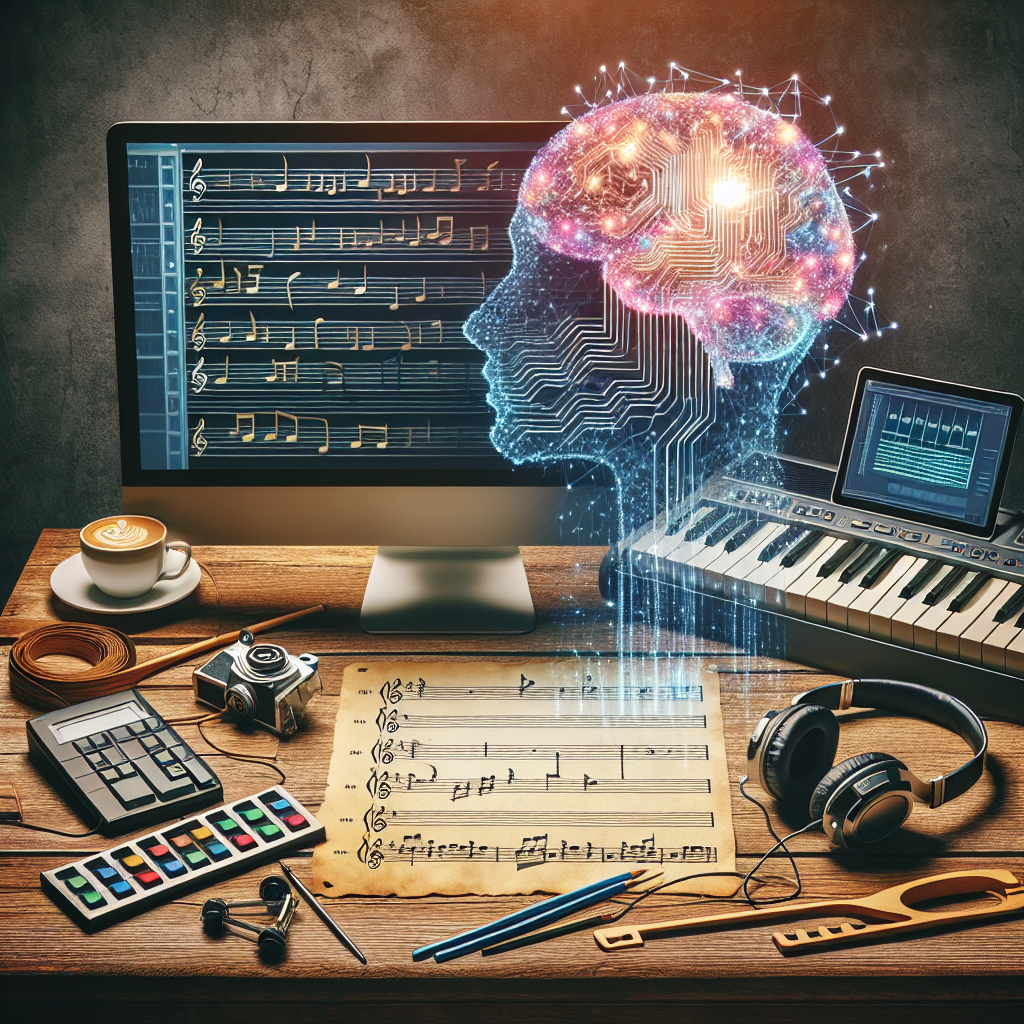The Potential of AI in Music Education and Training
Artificial Intelligence (AI) has been revolutionizing various industries, and music education and training are no exception. AI technology has the potential to enhance the learning experience for students, improve teaching methods, and provide new opportunities for musicians. In this article, we will explore the ways in which AI is being used in music education and training, as well as the benefits and challenges associated with its implementation.
AI in Music Education
AI technology can be used in music education to provide personalized learning experiences for students. By analyzing data on students’ learning styles, preferences, and progress, AI algorithms can tailor lesson plans and exercises to individual needs. This can help students learn at their own pace and focus on areas where they need the most improvement.
AI can also be used to provide feedback to students in real-time. For example, AI-powered software can analyze a student’s performance on a musical instrument and provide suggestions for improvement. This immediate feedback can help students correct mistakes and improve their skills more quickly.
In addition, AI technology can be used to create interactive learning tools for students. For example, AI-powered music composition software can help students create their own music by suggesting chord progressions, melodies, and harmonies. This can be a valuable tool for students who are just starting out in music composition and need guidance.
AI in Music Training
AI technology can also be used to enhance music training for musicians. For example, AI-powered software can analyze recordings of musicians’ performances and provide insights on technique, tone, and musicality. This feedback can help musicians refine their skills and reach their full potential.
AI can also be used to create virtual music teachers. For example, AI-powered chatbots can answer students’ questions about music theory, technique, and practice tips. These virtual teachers can provide support and guidance to students outside of regular lesson times, helping them stay motivated and focused on their musical goals.
Furthermore, AI technology can be used to create virtual practice environments for musicians. For example, AI-powered software can generate virtual accompaniment tracks for musicians to practice with. This can help musicians improve their timing, phrasing, and ensemble skills, even when they don’t have access to a live accompanist.
Benefits of AI in Music Education and Training
There are several benefits to using AI technology in music education and training. One of the main advantages is the ability to provide personalized learning experiences for students. By analyzing data on students’ learning styles and progress, AI algorithms can tailor lesson plans and exercises to individual needs, helping students learn more effectively and efficiently.
AI technology can also provide valuable feedback to students and musicians. By analyzing recordings of performances and providing suggestions for improvement, AI-powered software can help students and musicians refine their skills and reach their full potential. This feedback can be especially valuable for musicians who are looking to improve their technique, tone, and musicality.
Another benefit of AI technology in music education and training is the ability to create interactive learning tools. AI-powered music composition software can help students create their own music by suggesting chord progressions, melodies, and harmonies. This can be a valuable tool for students who are looking to explore their creativity and develop their musical skills.
Challenges of AI in Music Education and Training
While AI technology has the potential to revolutionize music education and training, there are also challenges to consider. One of the main challenges is the cost of implementing AI technology. Developing and maintaining AI-powered software can be expensive, especially for smaller music schools and individual musicians. This cost can be a barrier to adoption for some educators and musicians.
Another challenge is the potential for AI technology to replace human teachers and mentors. While AI-powered software can provide valuable feedback and guidance, it cannot replace the human connection that is essential for effective music education. It is important for educators and musicians to strike a balance between using AI technology and maintaining the personal touch that is crucial for learning and growth.
FAQs
Q: Can AI technology replace human music teachers?
A: While AI technology can provide valuable feedback and guidance to students and musicians, it cannot replace the human connection that is essential for effective music education. It is important for educators and musicians to strike a balance between using AI technology and maintaining the personal touch that is crucial for learning and growth.
Q: How can AI technology be used to enhance music education?
A: AI technology can be used to provide personalized learning experiences for students, analyze recordings of performances and provide feedback, create interactive learning tools, and generate virtual practice environments for musicians. These applications can help students and musicians learn more effectively and efficiently.
Q: What are the benefits of using AI technology in music education and training?
A: The benefits of using AI technology in music education and training include personalized learning experiences, valuable feedback for students and musicians, interactive learning tools, and virtual practice environments. These applications can help students and musicians refine their skills and reach their full potential.
Q: What are the challenges of using AI technology in music education and training?
A: The challenges of using AI technology in music education and training include the cost of implementation, the potential for AI technology to replace human teachers and mentors, and the need to strike a balance between using AI technology and maintaining the personal touch that is essential for effective learning and growth.

